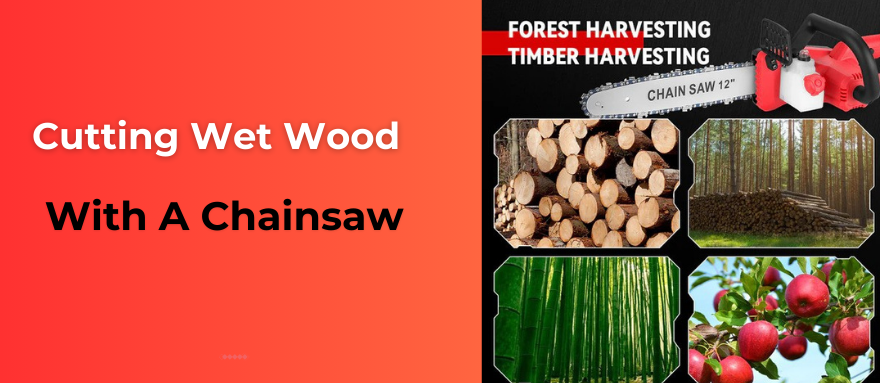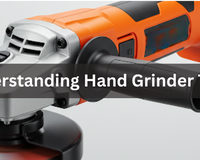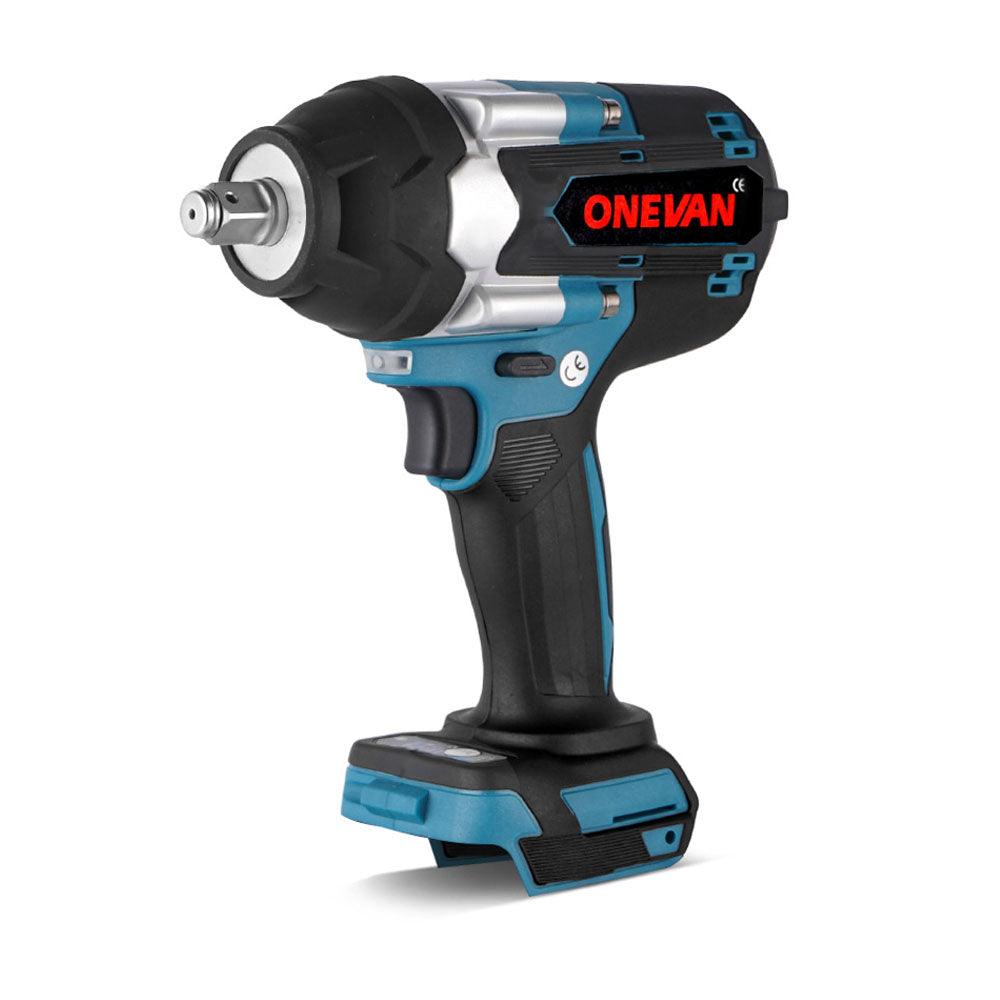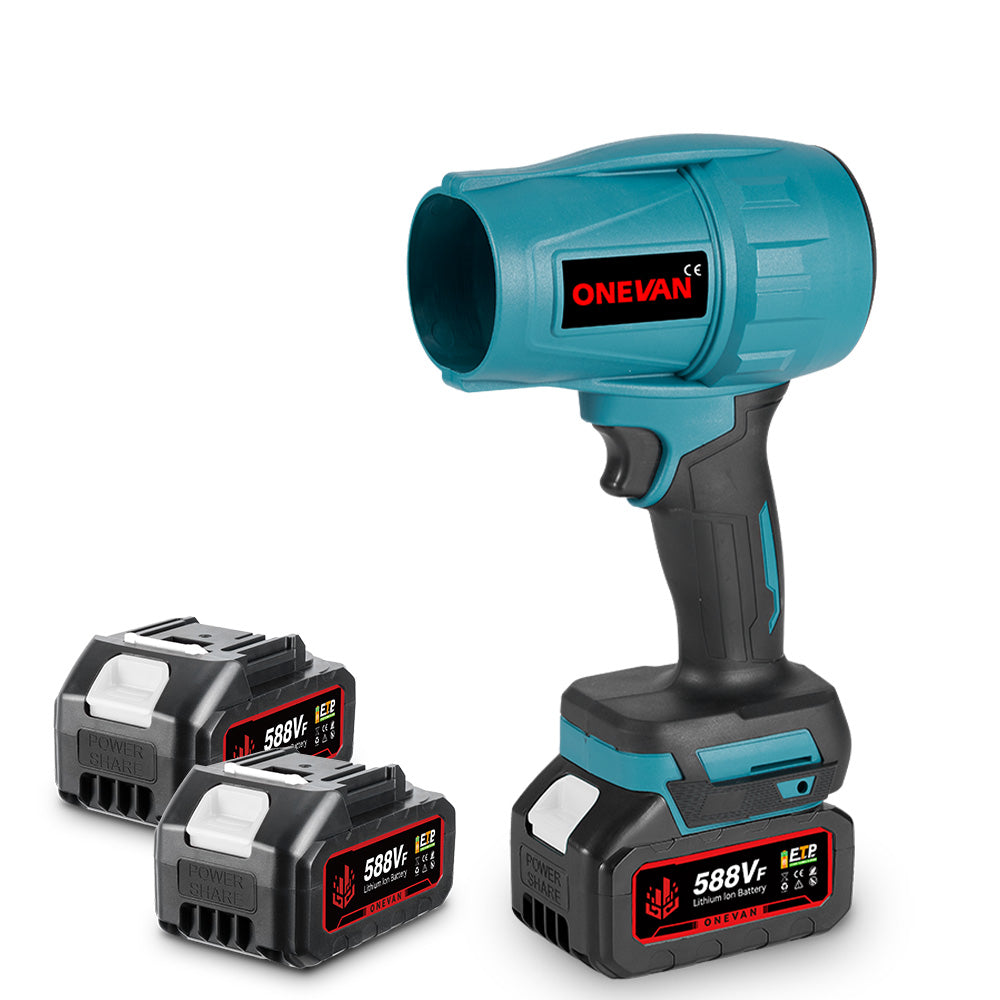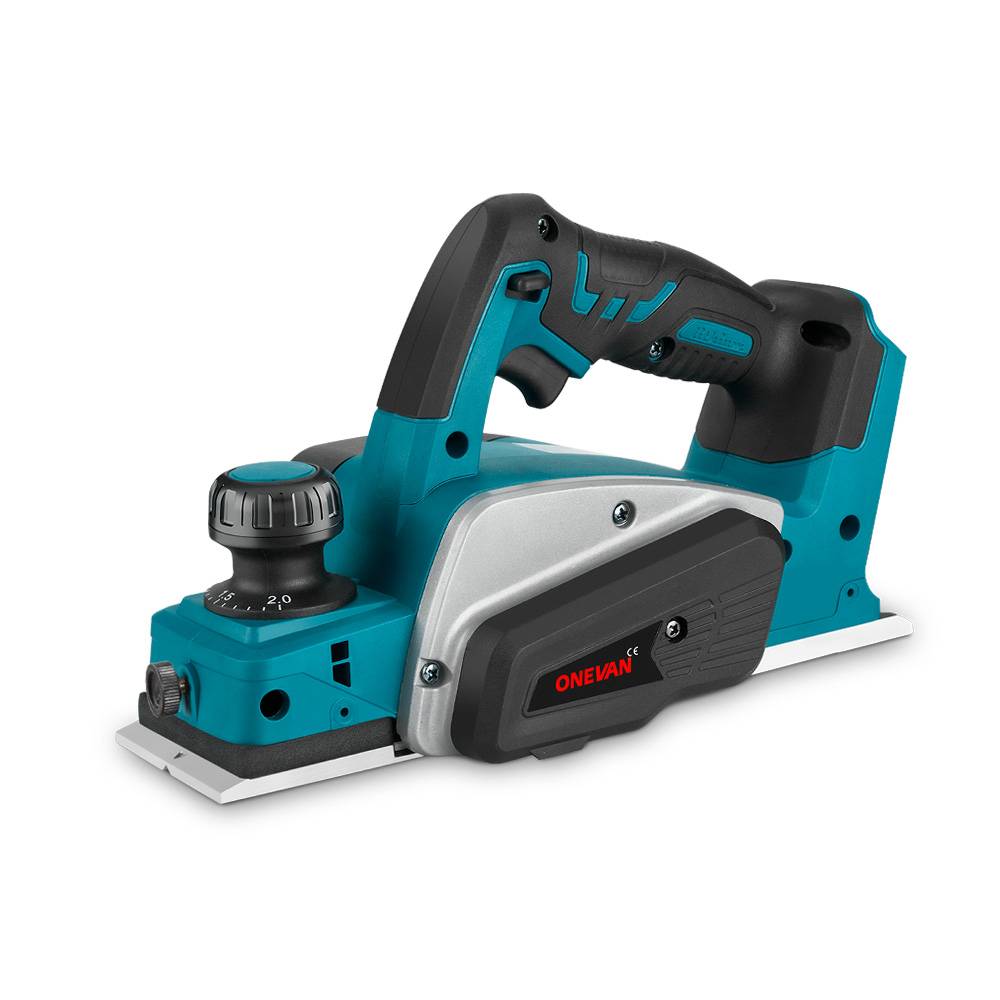The rain keeps pouring, your firewood pile is drenched, and those downed limbs in the yard are turning into a moldy mess. You reach for your chainsaw to cut the wet wood. But can it handle waterlogged wood? The answer might surprise you.
According to a survey by the National Firewood Association, nearly 70% of firewood processors encounter wet wood at some point. The good news? With the right knowledge, you can easily handle damp logs.
Wet wood can feel like a frustrating enemy for chainsaw users. It pinches the chain, clogs with sawdust, and just seems to fight back.
This comprehensive guide aims to address these concerns in a clear and concise manner. We will explore the technical aspects of how moisture impacts chainsaw operation, while simultaneously equipping you with practical strategies to navigate wet wood cutting scenarios. This guide caters to both professional arborists and individual homeowners, ensuring successful and safe chainsaw operation regardless of weather conditions.
1. Can You Cut Wet Wood with A Chainsaw?
Rain got your firewood pile soggy? Maybe a storm brought down some wet branches? Don't worry, your chainsaw can still handle the job! But cutting wet wood can be difficult, so let's learn how to cut it safely and easily.
Using a chainsaw on wet wood gives you multiple challenges compared to dry, seasoned wood. Let’s understand them first.
Cutting wet wood can be a real challenge for your chainsaw and physically demanding. To ease the strain, ensure your chainsaw is equipped with a sharp chain and consider using a chainsaw with ergonomic features designed to reduce user fatigue. Here are the reasons:
- Slower Cutting: Wet wood is like tough chewing gum for your chainsaw. It fights back against the chain, making it cut slower and forcing the engine to work harder. This can also lead to you burning through more gas.
- Lubrication Issues: Imagine trying to oil a squeaky bike chain with mud stuck all over it. That's what happens with wet sawdust. It gets clumpy and blocks the chainsaw oil from reaching the chain, which can make the chain wear out faster.
- Chain Binding: Wet sawdust can be sticky, like wet sand in your shoes. This can gum up the chain and make it bind against the chainsaw bar. In the worst-case scenario, this can stall the engine or even cause kickback, which is when the chainsaw jumps back towards you – super dangerous!
Here's how to fight back against wet wood and keep your chainsaw happy:
- Sharpen Up: A dull chain struggles to cut anything, let alone wet wood. Make sure your chain is nice and sharp before you tackle any damp logs. This will help it cut better and put less strain on the engine.
- Loosen Up (a little): A chainsaw chain needs to be properly tensioned for safety, but with wet wood, you can loosen it up just a tiny bit. This helps prevent binding, but be sure to check your chainsaw manual for the exact amount of slack – you don't want the chain to derail!
- Clean Frequently: Wet sawdust builds up quickly. You'll need to stop more often than usual to clean the chain and bar with a scraper and brush. This gets rid of the gunk and lets the oil flow freely. It also reduces friction and to keep the operation flawless.
- This reduces the pressure on the engine, making it cut easier and preventing binding.
- Clean the sawdust: Wet wood debris can pile up around the cut. This situation makes it harder for the chain to move and potentially causing kickback.
- Safety is important: Prioritize safety by donning comprehensive personal protective equipment (PPE) including chainsaw safety chaps, sturdy gloves, protective eyewear, and adequate hearing protection.
2. Will Wet Wood Damage My Chainsaw?

Cutting wet wood with your chainsaw won’t damage it. However, there are a few points to remember to ensure your chainsaw is working up to the mark.
- Lubrication: While some believe that the moisture in wet wood could assist in lubricating the chainsaw chain and reducing friction, it's important to note that wet sawdust can clump and block the oil distribution, potentially leading to increased wear and tear. Therefore, consistent and appropriate lubrication remains crucial. This can make cutting through wet wood easier than dry wood.
- Chain Durability: Contrary to popular belief, wet wood doesn’t dull the chain any faster than dry wood . The moisture helps keep the chain cool, which can actually preserve its sharpness .
Things to Watch Out For
- Sawdust Build-Up: Wet wood can cause sawdust to stick to the chain and accumulate. This can make your cuts less smooth and might require you to clean the chain more frequently.
- Debris: If the wood has been lying on the ground, it might have dirt or small rocks on it. Cutting through this debris can damage your chain . Always brush off any dirt before you starts cutting.
Safety Precautions
- Proper Gear: Always use comprehensive personal protective equipment, including chaps, gloves, eye protection, and hearing protection, to ensure maximum safety during chainsaw operations.
- Maintenance: Keeping your chainsaw in excellent condition will prevent rust and ensure smooth operation .
3. Does Wet Wood Dull Chains Faster Than Dry?
There is a common myth that damp wood will dull chainsaw chains more quickly than dry wood. However, while wet wood does present difficulties for your chainsaw, the effect on chain dulling could be less drastic than you may have in mind. Here is what it entails:
Friction:
The primary culprit behind chain dulling is friction. Both dry and wet wood create friction as the chain cuts through them, but in slightly different ways. Dry wood presents a more abrasive surface that can wear down the sharp edges of the chain teeth over time.
Wet wood, on the other hand, can actually act as a slight lubricant in some cases. While not as effective as dedicated chainsaw oil, the moisture can reduce some of the friction experienced with dry wood. However, this lubrication is temporary.
Wet Wood Impact on Chainsaw Lubrication Oil
Wet sawdust is clumpy and sticky compared to dry sawdust. This clumping can impede the flow of chainsaw oil. This is essential for minimizing friction and protecting the chain teeth. Without proper lubrication, the chain becomes more susceptible to wear.
So, does wet wood definitively dull chains faster? The answer isn't a simple yes or no. Here's why:
It Depends: Several factors influence chain dulling, including:
- The specific type of wood
- The chain's quality
- And how well the chainsaw is maintained.
In some cases, wet wood might not significantly accelerate dulling compared to dry wood, especially if the chainsaw oil flow is maintained.
The bigger threat to chain life with wet wood is the potential for binding. Wet sawdust can gum up the chain and bar. It causes the chain to bind and grind against the bar. This grinding creates significant friction that can rapidly dull the chain teeth.
The Takeaway:
Wet wood can create conditions that accelerate dulling. Here's what you can do to minimize the risk:
- Sharpen Regularly: Regardless of the wood type, maintaining a sharp chain is crucial. Sharpen your chain more frequently when cutting wet wood to compensate for any potential increase in friction.
- Cleanliness is Key: Regularly cleaning the chain and bar removes accumulated sawdust. It prevents binding and ensuring proper oil flow. This becomes even more important with wet wood.
- Oil Up More Often: Keep a close eye on the chainsaw oil level and replenish it more frequently than usual when cutting wet wood. This helps combat the reduced effectiveness of the oil caused by wet sawdust.
4. Differences In Cutting Wet Wood and Dry Wood?
Cutting firewood is a satisfying experience. However, you need to be careful in choosing the wood type. Cutting hard or wet wood significantly impact the performance of your chainsaw. Below, we have mentioned some key differences between cutting wet wood and dry wood:
Density and Hardness:
Dry Wood: Dry wood is dried out and lost excess moisture. This makes it lighter and less dense. Moreover, it will result in easier cutting due to less resistance.
Wet Wood: Wet wood retains a high moisture content, which increases its density and weight, making it more challenging to cut through compared to dry wood. More density means your chainsaw requires extra power to push the chain through the wood. It also puts a strain on the engine and potentially slowing down the cutting speed.
Tool Wear:
- Dry Wood: Dry wood has a slightly abrasive surface to the chainsaw chain. While this can cause some wear on the chain teeth over time. You can say, it's generally a gradual process, especially with a well-maintained and sharp chain.
Cutting Techniques:
- Dry Wood: With dry wood, you can generally use a more aggressive cutting technique. Longer cuts and burying the bar deeper into the wood are often more efficient.
- Wet Wood: Wet wood requires a delicate approach. Shorter, controlled cuts are recommended to avoid slowing down the engine. It can also cause binding.
Difficulty Cleaning Chainsaw:
- Dry Wood: Dry sawdust is generally easier to remove from your chainsaw. A quick brush and scraper after each cutting session makes working smooth.
- Wet Wood: Wet sawdust creates a lot of mess. It clings to the chain, bar, and other parts of the chainsaw. This requires more frequent and thorough cleaning.
5. Tips for Cutting Wet Wood with A Chainsaw

While seasoned firewood offers the ideal cutting experience for chainsaws, they can also encounter wet wood. Below, we shall explain professional techniques to cut the wet wood without compromising power tool efficiency.
1. Selecting the Right Equipment
- Engine Capacity: Select a chainsaw with an engine displacement appropriate for the task. Wet wood requires more power to overcome increased cutting resistance. Consider a chainsaw with a minimum of 40cc engine displacement for most wet wood applications.
- Bar Length: A shorter chainsaw bar, typically 16" to 18" in length, offers greater maneuverability and control when cutting wet wood. The reduced leverage requirement minimizes strain on the engine and operator.
- Cutting Chain Selection: While a standard chainsaw chain is enough for occasional wet wood cutting, consider a ripping chain for extended use. Ripping chains, featuring larger cutting angles and deeper gullets, excel at efficiently handling wet wood's increased density and chip evacuation.
2. Maintaining Peak Sharpness
A dull chain significantly hinders cutting performance and increases engine strain, especially when dealing with wet wood. Regular chain sharpening is crucial. Utilize a proper sharpening jig and file size (typically a 3/16" round file) to maintain the correct cutting angles and depth gauges. Aim for a slight hook angle of approximately 30 degrees for optimal chip formation and penetration in wet wood.
3. Following the Grain
Cutting along the wood grain, rather than against it, minimizes resistance and optimizes cutting efficiency. Wet wood fibers running parallel to the saw's travel path offer less resistance compared to a perpendicular cut, requiring less engine power and minimizing chain binding.
4. Maintaining a Consistent Cutting Speed:
Avoid erratic acceleration and deceleration while cutting. Maintain a steady, controlled cutting speed that allows the chain to clear chips effectively. Sudden increases in cutting speed can overload the engine, particularly when encountering denser sections of wet wood.
5. Utilizing The Optimal Cutting Angle:
A cutting angle of 30 to 45 degrees is recommended for wet wood. This angle balances efficient chip removal with optimal fiber severing. A shallower angle (closer to 30 degrees) promotes better chip evacuation. It is crucial for preventing binding in wet conditions.
6. Controlling Cut Depth:
Refrain from burying the entire chainsaw bar into the wood with each cut. Focus on smaller, controlled cuts with a depth of approximately one-third to one-half the bar length. This reduces the amount of wood fibers the chain needs to sever at once, minimizing engine strain and the risk of chain binding.
6. Cleaning a Chainsaw After Cutting Wet Trees
Wear protective gear: Safety first! Put on gloves, goggles as well all other kinds of safety equipment to safeguard yourself from sharp edges and debris.
Disconnect the power source or spark plug: Ensure that the chainsaw is switched off as you unplug it or if it uses gas, remove its spark plug to prevent accidental starts.
Remove the chain and guide bar: Take out the chain and guide bar so that they can be cleaned individually.
Clean the guide bar: Utilize a brush or fabric to eliminate any sawdust, sap, or debris from the guide bar.
Clean the chain: Immerse The Chain in some cleaning solution or simply scrub away any residue using a brush. Make sure it’s completely dry before reassembling.
Clean Chainsaw Body: To get rid of any dirt or grime wipe down with a damp cloth.
Reassemble and lubricate: Fix back chain and guide bar but remember to lubricate it for easy movement along its length.
Storage: Keep your chainsaw in a place that is not wet so as to avoid rusting and other damages.
7. Best Chainsaw for Cutting Wet Wood
Small Wet Wood (up to 10 inches in diameter):
- Electric Chainsaw: A good option for occasional cutting of small wet branches or firewood. Consider the:
- ONEVAN 12" Brushless Cordless Electric Chainsaw;This chainsaw offers a good balance of power and maneuverability for small wet wood tasks. Its brushless motor provides decent power, and the 12-inch bar length is ideal for handling smaller branches. Electric chainsaws are also quieter than gas-powered options.
Medium-Sized Wet Wood (up to 14 inches in diameter):
- Gas-Powered Chainsaw: For tougher jobs involving medium-sized wet wood, a gas-powered chainsaw offers more power. Look for one with at least a 40cc engine displacement. Here are some features to consider:
- Engine power: Minimum 40cc engine displacement
- Bar length: 14" to 16" bar length for good balance between power and maneuverability
- Automatic chain oiler: Ensures proper chain lubrication for smoother cutting and reduced wear
- Recommend ONEVAN 16" Brushless Cordless Electric Chainsaw
While the options you provided (2 and 3) list high wattage motors, the actual power output might be lower. It's important to focus on engine displacement (cc) for gas-powered chainsaws.
Large Wet Wood or Logs (over 14 inches in diameter):
• Chainsaw, Heavy-Duty, Gas Powered: For large and wet logs a powerful gas chainsaw is good to incorporate, with an engine displacement of not less than 50cc. These are heavier than normal chain saws and require greater skill to be operated without accidents.
Professional or Heavy-Duty Use:
• Gasoline Chainsaw for Professionals: It would be great if professional woodcutters likely to encounter heavy-duty wet logs on their worksites could afford one of these high quality cutting tools. Such cutting tools are more powerful, last long and have additional features like heated handles that can help you work in winter.
Eco-Friendly or Low Noise Options:
• Electric Chain Saws: As stated before, electric chainsaws can also be used when dealing with smaller or medium-sized logs that are moist. However, they lack power compared to gasoline options hence limiting their use as good as compared to gasoline-powered ones.
8. Conclusion
Cutting wet wood is a challenging task. However, after reading this helpful guide, you can effectively use your chainsaw on wet wood. Remember, safety first! Always wear your gear and follow the instructions for your chainsaw. With a little know-how, you can work on wet wood with confidence.
9. FAQs
1. Is it ok to cut wet wood with a chainsaw?
Cutting wet wood with a chainsaw isn't recommended. The chainsaw will work, and wet wood even cut a bit easier. However, cleaning the sawdust is crucial more often as it gets clumpy.
2. Can we use a chainsaw after raining
Electric chainsaws are riskier in wet conditions, so a gas-powered one is preferable. Always prioritize safety and dry your chainsaw thoroughly afterwards.
3. Can you cut a tree when it is wet?
It is not recommended to use a chainsaw on a wet tree. However, you can use it after taking certain precautions against accidental injuries. The risk of accidents may increase as wet wood becomes heavy and slippery. It is therefore better to wait for drier conditions in order to have an improved command.
4. What else could I use instead of the wet saw?
If you don't have a wet saw, incorporating a standard masonry saw with a diamond blade can execute the work perfectly. This can handle most tile, concrete, and brick jobs.
5. Does a wet saw need a hose?
No, a wet saw doesn't need a hose for basic use. They have a built-in water reservoir. This reservoir keeps the blade cool and lubricated. You would need a hose for consistent cutting to refill the reservoir.
6. Can a wet saw cut fingers
A wet saw can definitely cut your finger. They have sharp diamond blades. Do not forget to use proper safety gear like gloves, eye protection, and ear protection.
7. What is the benefit of a wet saw?
The biggest benefit of a wet saw is dust control. The water flow suppresses dust particles, making for a cleaner and healthier cutting experience. It also extends blade life and improves cutting precision.

